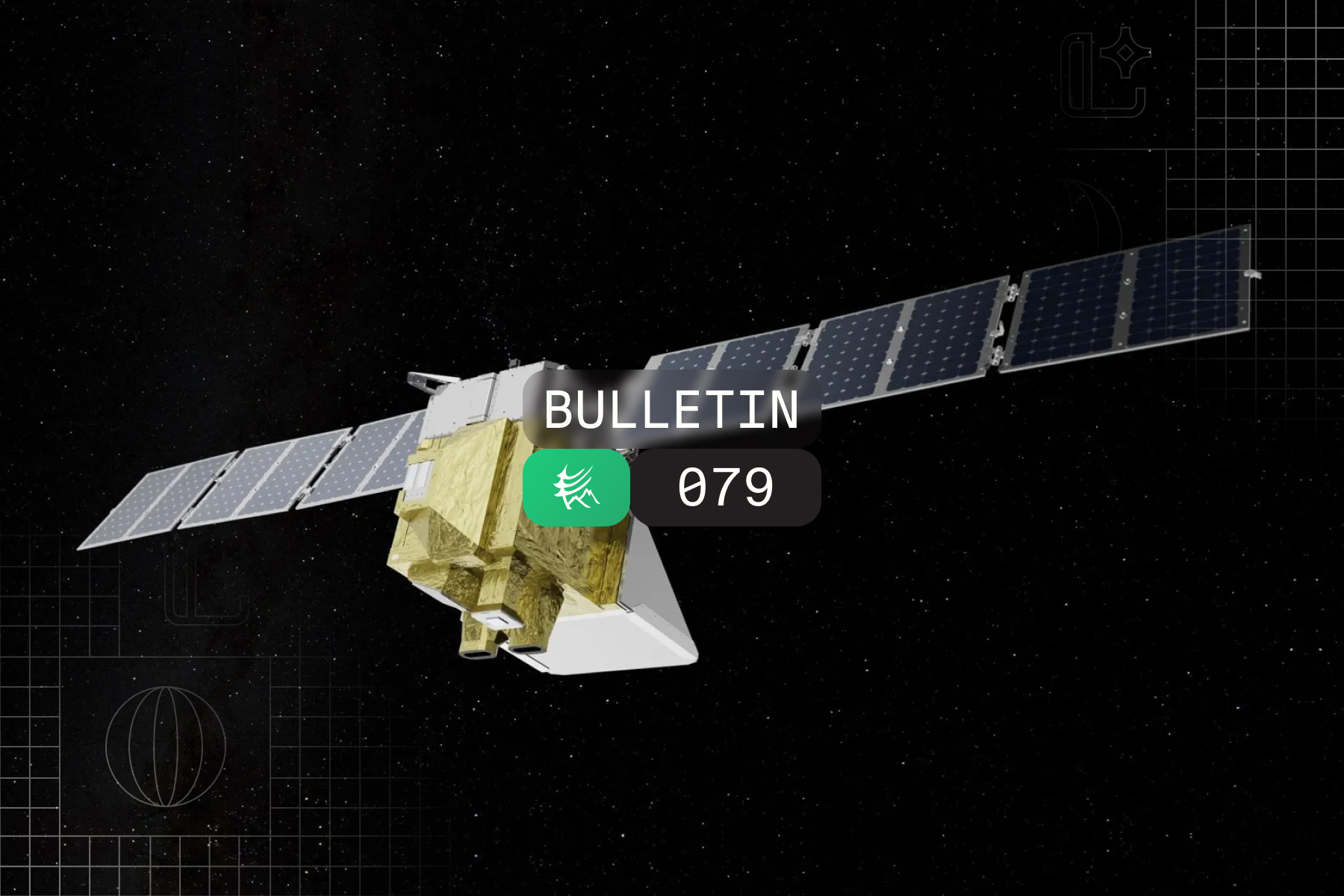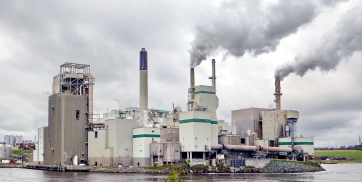A Comparison of Methane Intensity: Methane Loss Rate vs. Energy Intensity
Methane loss metrics are compared for oil and gas producers in Canada and the US. The study finds that gas producers perform better for methane loss rate (methane lost per methane produced). However, oil producers perform higher regarding energy intensity (methane lost per energy produced). The authors explain that the methane loss rate is intuitive, but describes an incomplete picture of the diverse oil and gas industry. Highlighting that the EU’s methane regulation requires separate maximum methane intensity values for crude oil and natural gas, the study recommends to report both metrics here.
Elevated Wintertime Methane Emissions at Production Sites
By inverting 2008-2021 ground and airborne measurement data, winter methane emissions across the U.S. are found to be approximately 40% higher than the summer. Although previous studies have shown an increase in urban winter methane emissions, this does not appear prominently in this study’s national-level seasonality analysis. The authors report the enhanced winter methane levels as primarily located in production areas; however, the authors do not believe that the elevated winter methane levels are related to leakage from underground storage. Suggesting gathering and transmission infrastructure as a possible explanation, the authors recommend identifying the specific processes causing higher wintertime emissions here.
Duration of Super-Emitters in New Mexico Permian Basin
500 super emitting sources were detected by Carbon Mapper during an 18-day aerial campaign over the New Mexico Permian Basin in April 2024. Although this study found most super-emitters occurred on the time scale of hours, a small subset of compressors were persistent for the entire campaign, and are identified as a near term opportunity for mitigation. The authors attributed each event to infrastructure type, further finding compressors to be the most common and persistent super-emitting category in this campaign. The authors recommend frequent aerial campaigns to validate emissions reporting and identify mitigation opportunities here.
Non-Producing Well Emissions Underestimated in Canada
Direct measurement of 494 non-producing wells across Canada found total emissions to be approximately 7 times higher than reported in the National Inventory Report. This study estimates non-producing wells to account for 13% of fugitive emissions in Canadian oil and gas systems. The authors recommend understanding both the emitting component (such as wellhead/surface casing vent) and the spatial scale (such as national/provincial) to identify high emitter attributes, which can help prioritize mitigation and reduce costs, here.
EPA Underestimates Carbon Intensity of US Natural Gas
A data- informed, high resolution carbon intensity map is developed for US oil and gas; natural gas life-cycle carbon intensity is estimated for 1 million active wells, accounting for 94% of US production in 2022. Methane measurement data from the latest aerial campaigns reveals that fugitive emissions account for 73% of the upstream carbon intensity and venting for 16%. The authors report these sources as an order of magnitude higher than the carbon intensity contribution of flaring activities. The emissions estimated by this study are more than twice the US EPA estimates; the authors further caution that overlooking the super-emitter activities in GHG assessments has previously underestimated natural gas carbon intensities, and recommend near-real time methane detection through future satellite monitoring here.
Global Emissions Estimates from Satellite Data
2023 global methane emissions from energy sector point sources are estimated with GHGSat satellite data, a total of 8.3 Mt from 3114 attributed sites. Detected oil and gas sites are found to be emitting 15% of the time, and detected coal sites 48% of the time. The authors note a lack of agreement between the top-down GHGSat estimate and the bottom-up Global Fuel Exploitation Inventory, and suggest a measurement informed inventory approach to be beneficial here.
Detecting Offshore High-Emitters with Satellites
The EnMAP and EMIT satellite-based methane detectors are assessed for the detection of offshore methane plumes. Because water tends to absorb the same wavelengths of light used for detecting methane, satellites typically struggle with offshore methane detection. However, this can be alleviated with the sun glint method: geometries between the sun and satellite that produce a mirror-like reflection. This study finds that the instrument’s spatial resolution and the amount of light collected by the instrument most impact plume POD. The authors state that the satellites are able to detect high-emitting offshore point sources, and optimization methane detection by filtering data here.
Review of 6 Methods for Offshore Methane Quantification
Previous studies directly measuring offshore methane emissions are critically reviewed. Component-level measurement, downwind dispersion, tracer-flux, mass balance, and remote sensing methods are described. Unusual quantification behaviour is noted, which may be due to decoupling of the marine boundary layer, which may cause:
- A high bias in aircraft remote sensing
- A high bias in mass balance measurements
- A low bias in downwind dispersion measurements
The authors comment that guidance on marine boundary layer decoupling is not available, and recommend an offshore controlled release program here.
Riddick, S. N., Mbua, M., Laughery, C., & Zimmerle, D. J. (2025). A Review of Offshore Methane Quantification Methodologies.
Modelling Methane Mitigation from the Proposed PHMSA Rule
A techno-economic model is developed to assess the impact of Pipes Act of 2020 (PHMSA) on pipeline emissions. Key factors in current methods and PHMSA’s proposed rule are compared for LDAR effectiveness, pipeline material, installation age, corrosion rate, detection sensitivity, and survey frequency, and repair timeframe. The study’s results indicate that the proposed rules can greatly reduce pipeline emissions; the authors recommend future work to be focused on optimizing targeted approaches on mixed-material pipeline systems and stress the importance of quick repair in corrosion-prone pipelines here.
Successful Methane Mitigation in Romanian Oil and Gas Production
A follow up airborne remote sensing campaign in Romania shows an emission reduction of 20-80% from 2019-2021. The authors suggest the reduction is likely due to production infrastructure improvements following the first campaign in 2019, which has been further verified by site visits. However, the top-down estimate in this study is still higher than reported bottom-up emissions. The importance of measurement-based emission monitoring is emphasized within the study here.






